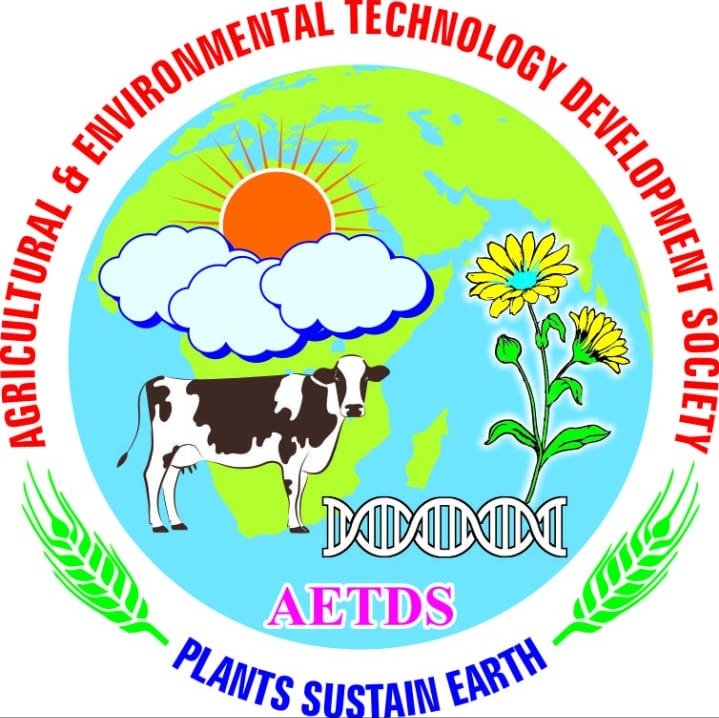
Secretary
Agricultural & Environmental Technology Development Society
Contact
Copyrights © 2024 All Rights Reserved. Powered by AEDTS

International Journal of Agricultural and Applied Sciences, June 2023, 4(1): 1-11
ISSN: 2582-8053
https://doi.org/10.52804/ijaas2023.411

Research Article
Impact of Irrigation Systems Use in Agriculture Farming in Rwanda: A Case Study of Kagitumba, Nasho and Muyanza Schemes.
Ntabakirabose Gaspard1, Ndaruhutse Félicien2, Majuga Jean Claude Noel3, Tuyisenge Jean Claude4, Musabyimana Jean Claude5, David Mwehia Mburu6
1,5Ministry of Agriculture and Animal Resources, Kigali, Rwanda
2Department of Agricultural Engineering, Integrated Polytechnic Regional College (IPRC) Huye, Kigali-Rwanda
3Department of Agricultural Engineering, Integrated Polytechnic Regional College (IPRC) Musanze, Kigali-Rwanda
4ministry of Local Government, Musanze District, Kigali, Rwanda
5Department of Land Resources Planning and Management, College of Agriculture & Natural Resources, Jomo Kenyatta University of Agriculture and Technology (JKUAT), Nairobi, Kenya
Corresponding author e-mail: gmutago@gmail.com
(Received: 23/12/2022; Revised: 12/02/2023; Accepted: 10/04/2023)
ABSTRACT
Agriculture remains an important economic sector in many developing countries. It is a source of growth and a potential source of investment opportunities for the private sector. Irrigation, therefore, currently plays a less significant role in African agriculture compared to other regions, as Africa’s irrigated cultivated land is much lower than the world average. This research study investigated the impact of irrigation system use in agriculture farming in Rwanda. A multi-stage sampling method was employed, whereby the Nyagatare, Kirehe and Rulindo districts, and three irrigation schemes such as Kagitumba, Nasho and Muyanza were first purposely selected. Finally, a simple random sampling was used to obtain a total sample size of 240 maize farming households, within these three irrigation schemes. The findings indicated that land size was significantly and positively associated with the water pump use. The water pump and sprinkler irrigation system use and farm income were significantly and positively correlated. The water user’s association’s membership and the water pumper drip and sprinkler irrigation systems were significantly and positively correlated. The findings of this research revealed that factors namely family size, education level, fertilizers, irrigation system, farming experience are statistically significant to influence productivity of maize crops at these irrigation schemes. In addition, the results of cost benefit and margin analysis indicated that the Net Farm Income (NFI) per ha at Nasho schme site was largest followed by Kagitumba and Muyanza scheme site was the lowest. However, the benefit cost ratio was the highest (2.3) at Kagitumba site, suggesting that one-dollar of investment at Kagitumba irrigation scheme generates 2.3 dollars of revenue. Some factors in this study were statistically and significant to influence the farmers’ willingness to pay for irrigation water in study areas. After the findings, the researcher suggested that farmers should be encouraged to better use agricultural inputs, high attention should be made on infrastructures in order to sustain and maintain them in long run, farmers should be encouraged to pay for irrigation water, public and private sector should increase investment and expand the drip and sprinkler irrigation system where possible in country.
Keywords: Economic Analysis, Impact, Irrigation System, Agriculture Farming, Scheme.